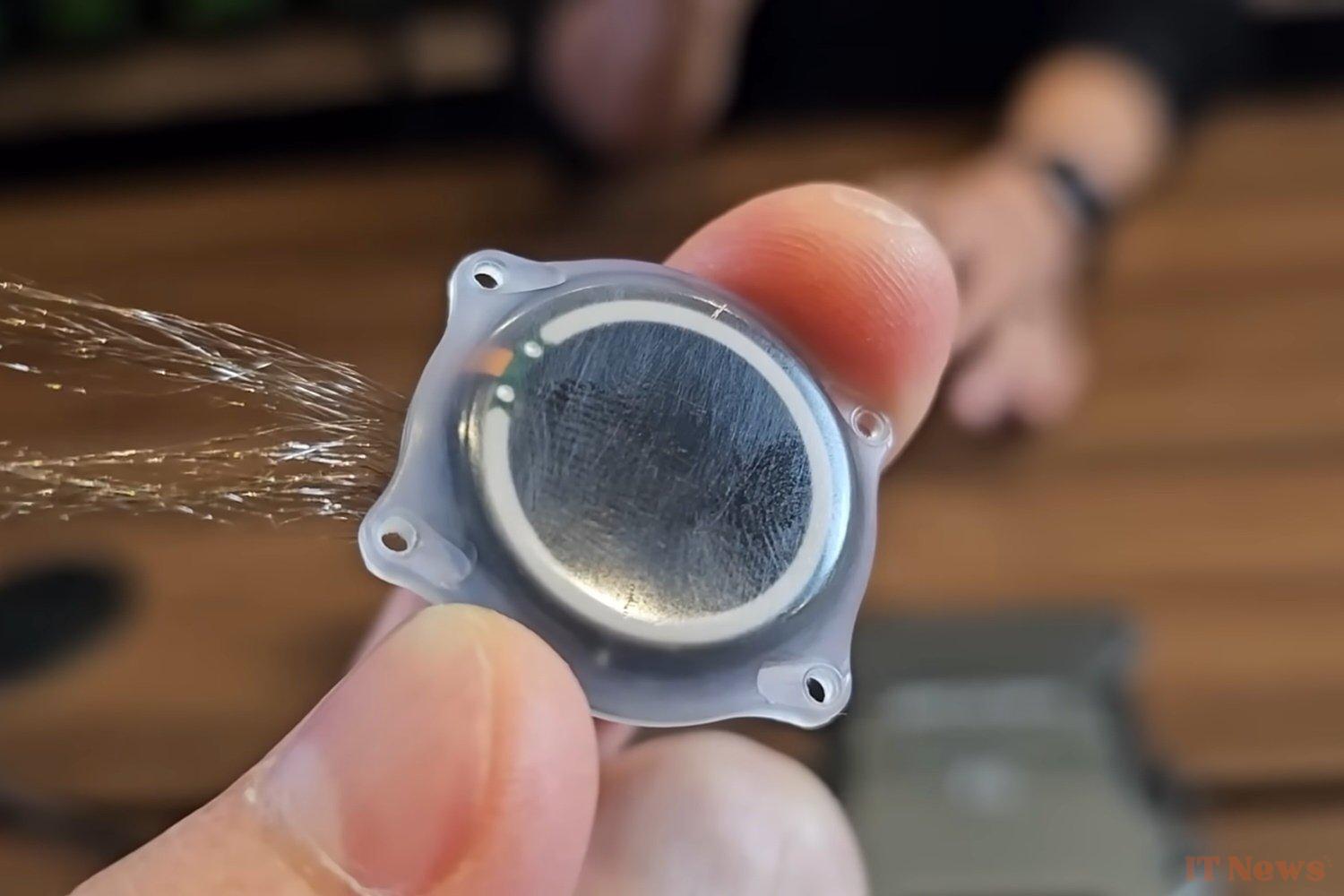The first clinical trials on humans only date back to last year, but the possibilities offered by the implant developed by Neuralink – Elon Musk's startup – are already very concrete and visible, highlighting the potential of this type of human-machine interface to improve the lives of people with neurodegenerative diseases. One of the patients equipped with a brain chip from the company was able to edit and publish a video on YouTube using only his thoughts, marking a new step in the development of this technology that some are calling revolutionary.
Improving life and restoring independence to paralyzed people
The patient in question, Bradford Smith, is the third in the world to benefit from the Neuralink implant. Diagnosed in 2020 with amyotrophic lateral sclerosis – a severe neurodegenerative disease also known as Lou Gehrig's disease, which primarily targets motor neurons – and now unable to move or speak, he had previously used an eye-tracking device to communicate, a device that was unfortunately limited and restricted his interactions.
The Neuralink device implanted in this patient is a small cylinder with a thousand very fine electrodes. Directly implanted in the motor cortex by a robotic surgeon to ensure that no blood vessels are damaged during the operation, the implant can capture and interpret neural signals related to intentional movements, then transmit them to a MacBook Pro via Bluetooth. It is then this computer that is responsible for processing this data to move the cursor on the screen.
An adaptation phase is essential, both for the patient who must learn to use the implant and for the team of engineers who must carry out the detailed adjustments. Concretely, Bradford Smith first tried to control the cursor by imagining moving his hands, as an able-bodied person would do to use a mouse or a touchpad, but the method proved to be ineffective. It turned out that the best approach for the patient was to imagine moving his tongue or clenching his jaw; His subconscious quickly took over, allowing him to control the computer smoothly and intuitively, in the same way that you don't think about moving your arm or wrist to use a traditional mouse.
The icing on the cake was that Bradford and the Neuralink engineering team used artificial intelligence to recreate his voice using video and audio recordings from before his illness. He was able to narrate and comment on a YouTube video that he created and edited himself.
Beyond simply manipulating a cursor, the Neuralink implant significantly improved his daily life, giving him a certain freedom and faster, more efficient communication. He was even able to participate in family activities he thought he had lost, like playing video games with his children.
Source: Youtube via THUS



0 Comments